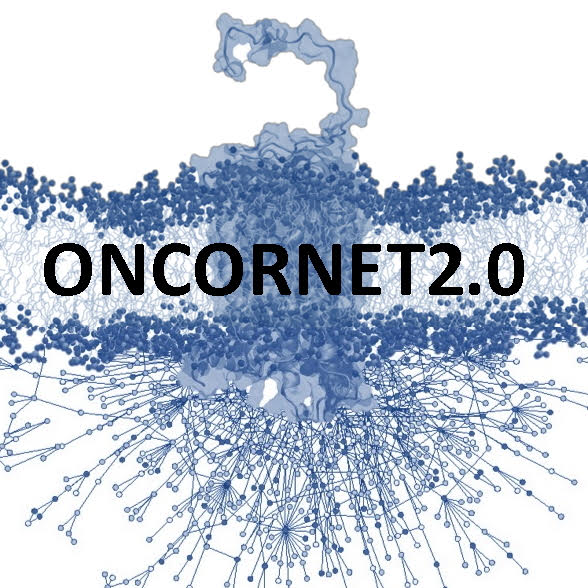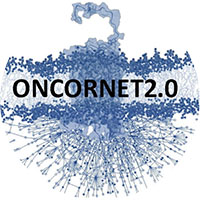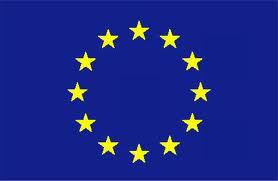Multidimensional regulation of the opioid network by ACKR3
Early stage researcher 16 (ESR16) project (not funded by MSCA-ITN)
Supervision: Dr. Martyna Szpakowska, Dr. Andy Chevigné
Host: Luxembourg Institute of Health (LIH)
I – Project proposal:
Aim:
The aim of this project is to investigate the multidimensional regulatory roles that ACKR3 exerts on the opioid network, as so far little is known on the newly uncovered interconnection between the chemokine and opioid systems.
Methodology:
The project will focus on the three main levels (extracellular, intracellular and plasma membrane) of opioid system regulation by ACKR3. NanoBiT, NanoBRET and HiBiT technologies will be used to investigate the crosstalk, interconnections, compartmentalisation and regulation of the interactions between ACKR3 and classical opioid receptors and/or their ligands. The functional effect of the interactions on opioid receptor biology will also be characterized by ligand binding competition studies, GPCR-heterodimer identification technology and cellular assays and ex vivo models. Drug screening efforts will also be undertaken to find modulators capable of modulating ACKR3.
Planned secondments:
Potential collaborations of interest are to be determined.
References:
The atypical chemokine receptor ACKR3/CXCR7 is a broad-spectrum scavenger for opioid peptides. Szpakowska, M*, Meyrath, M*, Zeiner, J, L., M, Merz, M, Benkel, T., Simon, K., Ohnmacht, J., Turner, J., Krüger, R, Seutin, V, Ollert, M, Kostenis E and Chevigné, A. Nature Comm., 2020 11(1):3033. (*equally contributed).
Mutational analysis of the extracellular disulphide bridges of the atypical chemokine receptor ACKR3/CXCR7 uncovers multiple binding and activation modes for its chemokine and endogenous non-chemokine agonists. Szpakowska M*, Meyrath M*, Reynders N, Counson M, Hanson J, Steyaert J, Chevigné A. Biochem Pharmacol. 2018 Jul;153:299-309. (*equally contributed).
Different contributions of chemokine N-terminal features attest to a different ligand binding mode and a bias towards activation of ACKR3/CXCR7 compared with CXCR4 and CXCR3. Szpakowska M*, Nevins AM*, Meyrath M, Rhainds D, D’huys T, Guité-Vinet F, Dupuis N, Gauthier PA, Counson M, Kleist A, St-Onge G, Hanson J, Schols D, Volkman BF, Heveker N, Chevigné A. Br J Pharmacol. 2018 May;175(9):1419-1438. (*equally contributed).
Follow us on
Contact details
Please contact us at:
e.v.langemeijer@vu.nl
ONCORNET Coordinator
Vrije Universiteit Amsterdam




